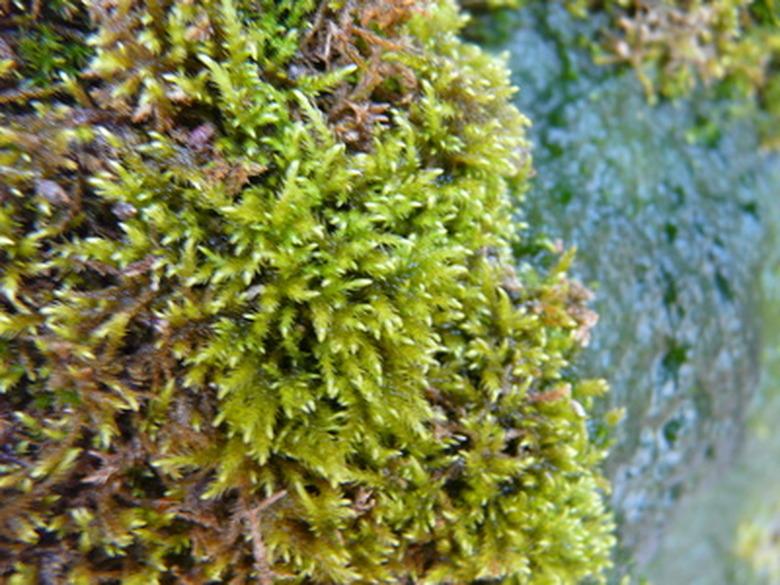The Differences Between Moss And Algae
From a distance, moss and algae look similar: patches of green plant life. To further confuse matters, some organisms with the name "moss," such as Irish moss, are in fact types of algae. However, true moss and algae are two distinct species with different characteristics. Mosses include 12,000 separate species, while algae are a group of organisms. Both moss and algae present a problem for lawn gardeners in many areas of the United States.
Classification
Classification
Moss is classed as a bryophyte — a type of tiny plant suited to moist but land-based conditions. All bryophytes are believed to have evolved from tiny water plants. In fact, according to Karl Danneberger at Ohio State University, moss developed directly from algae around 350 million years ago. However, algae form a scientific classification of their own. Algae are mainly single-celled plants collected together in growing clusters.
Appearance
Appearance
In general, moss looks fibrous, feathered or latticed when viewed up close. Carpets of moss are springy to the touch. When germinating, moss puts up thin stems sometimes with leaves on top and reproductive spores. Algae have no threadlike structures or leaves. Instead, algae spread as a clump of living cells. Because algae usually grow in wet environments, they look like a slimy, wet mass, often green in color. Both moss and algae may appear green or brown depending on species and the dryness of the conditions.
Locations
Locations
Moss loves damp, shaded locations. It grows well within grassy lawns or on the surface of trees, soil and even brickwork. Algae will rarely grow in dry locations. Algae often grow as brown or green scum of the surface of ponds and waterways. Both moss and algae develop on some moist lawns. However, algae tend to favor extremely wet lawns, particularly those with poor drainage where pools of standing water form.
Treatment Variations
Treatment Variations
Because algae and moss are different species, they react differently to lawn treatment methods. For example, farm adviser Ed Perry at the University of California Extension recommends fertilizing your lawn if you have a moss growth issue. However, the excess nitrogen may just cause algae to thrive — so avoid fertilizer where algae grow. Moss also grows better in shaded areas. Trees that overlook lawns might be helping moss to develop. Cutting these tree canopies back could reduce moss formation.
